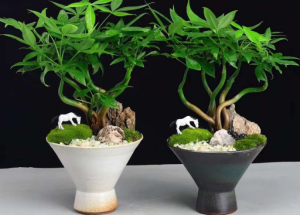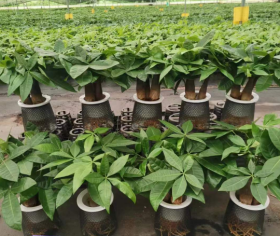Acqua: Una corretta annaffiatura è fondamentale per la salute dell'albero del denaro (Pachira aquatica). Gli alberi del denaro preferiscono essere tenuti in un terreno leggermente umido. È importante trovare un equilibrio tra le annaffiature eccessive e le annaffiature insufficienti. Il segreto è assicurarsi che il terreno rimanga leggermente umido, ma non inzuppato.
La frequenza delle annaffiature dipende da vari fattori, come le dimensioni della pianta, le dimensioni del vaso, la temperatura, i livelli di umidità e la quantità di luce ricevuta. Come linea guida generale, annaffiate l'albero del denaro quando il primo pollice (2,5 cm) del terreno risulta asciutto al tatto. Inserite un dito nel terreno per controllare il livello di umidità. Se la sensazione è di secchezza, è il momento di annaffiare. Se è ancora leggermente umido, è meglio aspettare ancora un po' prima di annaffiare. Durante la stagione di crescita attiva, in primavera e in estate, i Money Trees possono richiedere annaffiature più frequenti, poiché tendono ad avere un maggiore fabbisogno idrico. Al contrario, durante i mesi invernali, quando la crescita della pianta rallenta, potrebbe essere necessario ridurre la frequenza delle innaffiature per evitare un eccesso di acqua.
Quando si annaffia, inumidire abbondantemente il terreno fino a far defluire l'acqua dai fori di drenaggio sul fondo del vaso. Lasciare scolare completamente l'acqua in eccesso per evitare il ristagno dell'acqua, che può portare al marciume delle radici. Svuotate il sottovaso per evitare che la pianta rimanga nell'acqua. Per innaffiare l'albero dei soldi, utilizzate acqua a temperatura ambiente. Lasciate riposare l'acqua del rubinetto per qualche ora prima di utilizzarla, per consentire al cloro e ad altre sostanze chimiche di disperdersi. In alternativa, potete usare acqua filtrata o distillata per evitare un potenziale accumulo di sali minerali nel terreno.
Prestate attenzione alle condizioni delle foglie e del terreno per determinare se il Money Tree riceve la giusta quantità d'acqua. Un'eccessiva irrigazione può causare l'ingiallimento delle foglie, il marciume delle radici e un terreno umido e pieno d'acqua. L'innaffiatura insufficiente può far diventare le foglie marroni, appassire o cadere prematuramente. Regolate le vostre pratiche di irrigazione in base alle esigenze della pianta.
Temperatura: I Money Trees (Pachira aquatica) preferiscono temperature calde e tropicali. Prosperano a temperature comprese tra i 18°C e i 24°C. Possono tollerare temperature leggermente più basse, fino a 10°C, ma devono essere protetti dal gelo e dalle gelate, poiché sono sensibili al freddo. Le Money Trees prediligono temperature stabili e possono risentire degli sbalzi di temperatura. Evitate di collocare la pianta vicino a finestre, porte o bocchette di riscaldamento/raffreddamento che possono esporre la pianta a rapidi sbalzi di temperatura.
Le Money Trees sono adatte ad ambienti interni con temperature tipiche di una stanza. Possono adattarsi a temperature leggermente più basse durante i mesi invernali, ma non dovrebbero essere esposti a periodi prolungati di correnti d'aria fredda o a temperature eccessivamente basse. Le Money Trees possono essere coltivate all'aperto nelle regioni tropicali e subtropicali dove le temperature rimangono costantemente calde durante tutto l'anno. Prosperano a temperature esterne superiori a 10°F (10°C) e devono essere protetti dalle temperature di congelamento.
Gli alberi del denaro possono trarre beneficio da un leggero abbassamento della temperatura durante l'inverno, in quanto imita le loro condizioni naturali di crescita. Tuttavia, è importante mantenere una temperatura minima di circa 15°C per proteggere la pianta. Evitate di esporre il Money Tree a sbalzi di temperatura o a correnti d'aria fredda anche durante i mesi più freddi. Regolate di conseguenza le annaffiature e le pratiche di cura per adattarle ai cambiamenti stagionali.
Il mantenimento di una temperatura costante e adeguata è fondamentale per la salute e la crescita dei Money Trees. Evitate di esporre la pianta a temperature estreme e proteggetela adeguatamente durante i periodi di freddo o di caldo eccessivo. Garantendo condizioni di temperatura adeguate, potete contribuire a garantire la crescita sana e la vitalità del Money Tree.
Suolo: Gli alberi monetari preferiscono un terreno che permetta all'acqua in eccesso di drenare liberamente. Una miscela di terriccio ben drenante impedisce all'acqua di ristagnare intorno alle radici e aiuta a prevenire il marciume radicale. Una combinazione di muschio di torba, perlite e normale terriccio può creare una miscela ben drenante adatta. Un'ottima scelta per i Money Trees è un terriccio ben bilanciato e multiuso. Un buon terriccio per Money Trees è spesso costituito da una combinazione di ingredienti come muschio di torba, perlite, vermiculite e sabbia grossa. Questi componenti contribuiscono a creare un equilibrio tra ritenzione di umidità e drenaggio.
Gli alberi monetari preferiscono livelli di pH del terreno da leggermente acidi a neutri, compresi tra 6,0 e 7,0. La maggior parte dei terricci commerciali è formulata per rientrare in questo intervallo di pH. In genere non è necessario regolare il pH, a meno che non si notino problemi specifici con la crescita o la salute della pianta.
Gli alberi monetari richiedono un rinvaso ogni 1-2 anni o quando la pianta supera il vaso attuale. Per il rinvaso, utilizzare un terriccio fresco e scegliere un vaso leggermente più grande per accogliere le radici in crescita. Allentate delicatamente la zolla e inseritela nel nuovo vaso, riempiendo gli spazi vuoti con altro terriccio. Assicuratevi che il vaso scelto per il vostro Money Tree abbia dei fori di drenaggio sul fondo per consentire la fuoriuscita dell'acqua in eccesso. In questo modo si evitano i ristagni d'acqua e si garantisce il corretto drenaggio del terreno.






